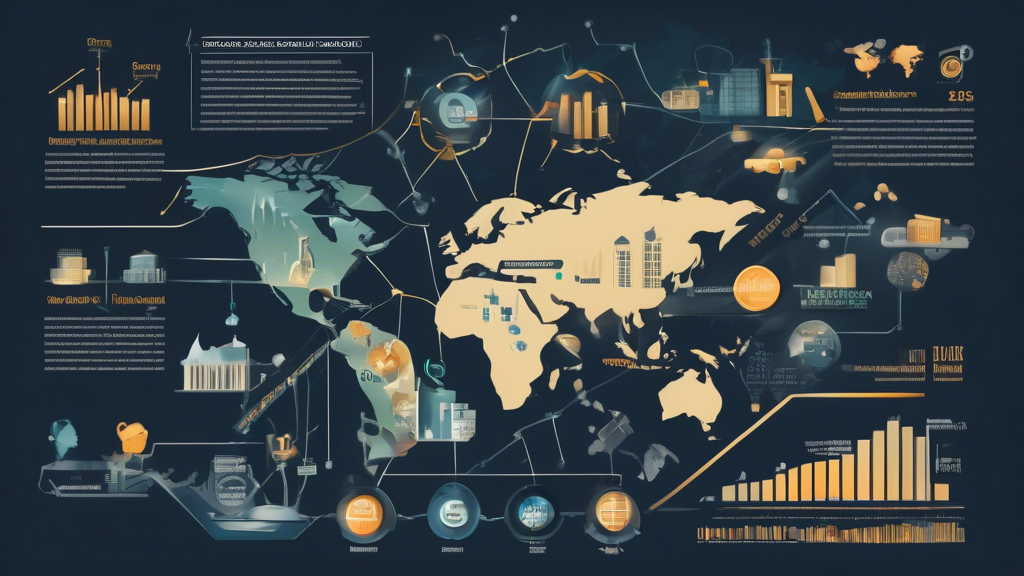
US Economic Expansion Fell Short of Expectations in the Third Quarter
The U.S. economy’s growth in the third quarter of 2024 has emerged as a topic of concern, as it registered a rate of 2.8%, falling short of economists’ expectations. This outcome reflects a trend of slower economic expansion compared to what many analysts had predicted.
Economic Growth Rate
The third quarter growth rate of 2.8% signifies a critical moment for the U.S. economy, indicating a deceleration in its pace of development. This figure has raised questions about the underlying factors contributing to this dip and what it may mean for future economic conditions.
Expectations vs. Reality
Economists had anticipated a more robust performance, making the reported growth rate particularly disappointing. The disparity between forecasts and actual performance suggests challenges in various sectors that may be hindering a more vigorous economic rebound.
Comparative Context
While the article does not provide specific comparisons to earlier quarters, the current growth rate can be contextualized within a broader landscape of U.S. economic performance over recent months. Investors and policymakers alike are likely keeping an eye on trends to gauge whether this slowdown is indicative of a larger economic issue or merely a temporary fluctuation.
Implications
The implications of weaker-than-expected growth are significant. Such trends could prompt the Federal Reserve to reconsider its monetary policies, potentially leading to adjustments in interest rates. Similarly, the government may need to re-evaluate its fiscal policies to stimulate economic activity to counteract this slowdown.
Broader Economic Indicators
In addition to the GDP growth rate, other economic indicators—such as consumer spending, business investment, and government expenditure—play a role in understanding the economy’s overall health. Although the specific performance of these indicators was not detailed in the article, they remain pivotal in assessing future growth trajectories.
Market and Policy Reactions
The market’s response to this weaker growth could steer the conversation towards the necessity for further economic stimulus or other policy interventions. Analysts predict that discussions regarding potential measures to invigorate growth will likely surface as a response to the latest economic data.
Conclusion
In summary, the U.S. economy’s lackluster growth of 2.8% in the third quarter of 2024 reflects broader concerns about the pace of recovery. As policymakers and markets digest this information, the ramifications for future economic strategies and market expectations are poised to unfold, marking this period as a critical juncture in shaping the U.S. economic landscape.
